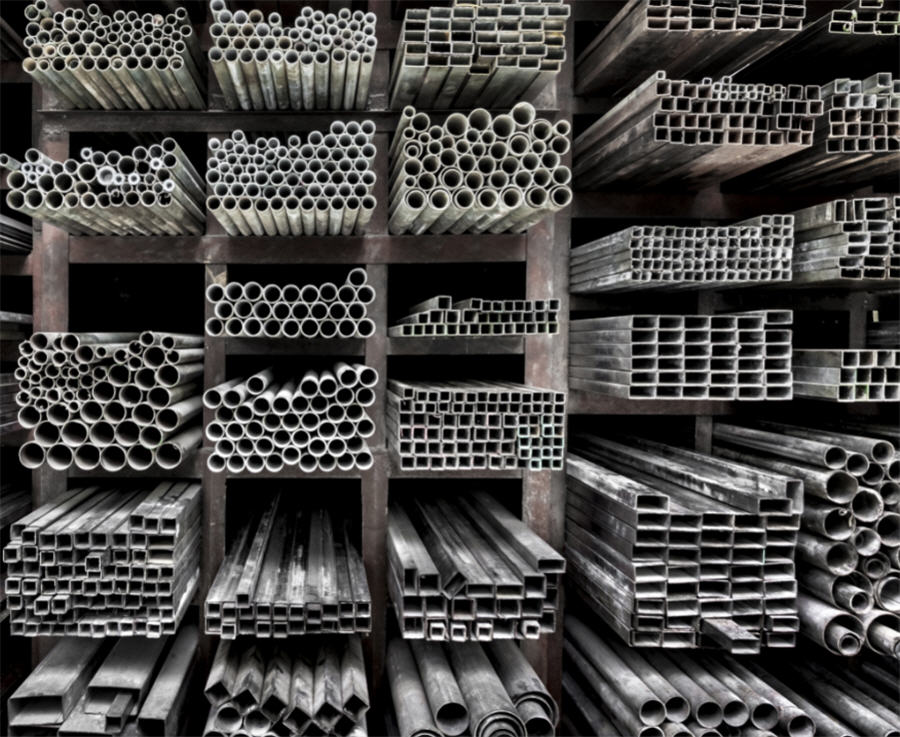
LONDON, Nov 8 (Reuters) – A first glance at aluminium stocks suggest an abundance of the metal, but analysts say a closer look at how long those stocks would last shows the market is tight and prices are too low.
Aluminium is a metal key for the transport and packaging industries but at current prices about 40 percent of the world’s aluminium production is losing money, analysts say.
Benchmark aluminium on the London Metal Exchange at around $2,000 a tonne has fallen more than 10 percent since hitting a 3-1/2-month high at $2,267 in early October.
The price drop coincides with receding nervousness about supplies of alumina, used to make aluminium, and an extension of the deadline for customers of Rusal, which is under U.S. sanctions, to wind down business with the Russian producer.
“There isn’t an absolute conviction the aluminium market is tight, inventories have put a dampener on prices,” said Eoin Dinsmore, an analyst at metals consultancy CRU.
CRU estimates total global aluminium stocks of 11 million tonnes by the end of this year.
“That’s about 61 days of global consumption and the lowest since 2007 when stocks dropped to 50 days,” Dinsmore said. “Anything below 60 days is a tight market, we will drop below 50 days by 2020.”
The downtrend can be seen in stocks in LME approved warehouses, which have more than halved to 1.05 million tonnes since the start of last year.
Wood Mackenzie analysts expect aluminium supplies at nearly 68 million tonnes this year rising to 72 million tonnes in 2019, with about 2 million tonnes of the rise coming from China and the remainder from the rest of the world.
“We expect a deficit for this year of around 1.5 million tonnes and a similar deficit next year,” said Kamil Wlazly, analyst at Wood Mackenzie.
“We expect a deficit for this year of around 1.5 million tonnes and a similar deficit next year.”
“Political and financial uncertainty related to elections and the U.S.-China trade dispute have clouded aluminium’s fundamentals, which we believe support higher prices.”
The concern for some is Chinese industrial production, already faltering, which could slow significantly and hit demand in the world’s largest consumer of industrial metals.
One of the biggest inputs for aluminium production is electricity, which accounts for about one-third of costs and where prices have been climbing for some time.
This is a particular problem for China and can be seen in the tumbling share price of top global aluminium producer China Hongqiao Group after its home province of Shandong announced higher fees for onsite power plants.
Alumina accounts for another third of production costs.
Slumping supplies due to outages at Norsk Hydro’s alumina refinery in Brazil, a strike at Alcoa’s operations in Western Australia and U.S. sanctions on Rusal fuelled a price surge earlier this year.
Alumina prices on Comex hit a contract high in May, but retreated as Chinese producers seeing profit opportunities started to ramp up exports.
However, Chinese exports of alumina cannot be sustained as domestic demand is growing at a faster pace than new production.
“Given the alumina supply situation and higher raw material prices, aluminium prices should be much higher,” said Kash Kamal, an associate at BMO Capital Markets.
(Reporting by Pratima Desai; Editing by Elaine Hardcastle)